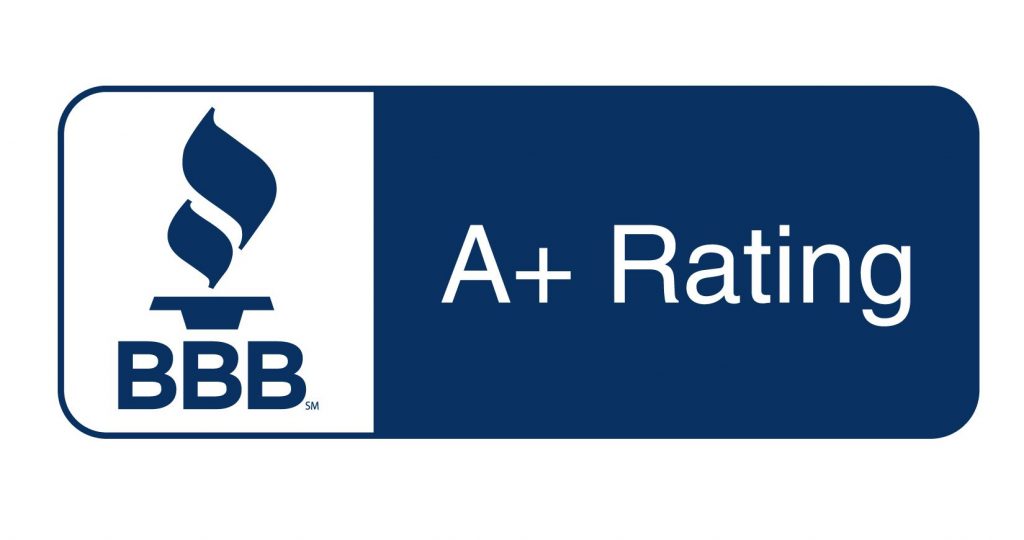The topic might sound delicious, but if you’ve heard anything about the Medicare donut hole, you know that it’s anything but. Unfortunately, we can’t ignore it, and it’s critical that you understand how to navigate the donut hole if you are someone who takes prescription medications.
How Does the Medicare Donut Hole Work?
The Medicare donut hole, also known as the Medicare coverage gap, is part of every Medicare Part D prescription drug plan, including if you have prescription coverage as part of your Medicare Advantage plan. Regardless of how you get your Medicare prescription coverage, you’ll have a coverage gap, and it’ll work the same way from one plan to the next.
There are four phases of coverage in a prescription drug plan. Let’s take a closer look at each one.
Deductible Phase: During this first phase of your coverage, you’ll need to pay the full cost of your prescriptions until you’ve met your deductible. The Centers for Medicare and Medicaid Services (CMS) sets a standard deductible each year, which is what most plans choose to follow. (They can choose a lower deductible, but never higher.) In addition, generic, low-cost drugs do not often apply to the deductible.
Initial Coverage Phase: Once you’ve met your deductible, the initial coverage phase begins. Now, your Part D plan will pay a portion of each refill, and you’ll be responsible for any coinsurance or copayment amount.
The Donut Hole: Here’s where things get tricky. You’ll enter the coverage gap after you and your plan have spent a certain amount on prescription costs. CMS also sets this number each year. For example, this year (2023), you’ll enter the coverage gap when you and your plan have spent a total of $4,660.
Once in the donut hole, you’ll pay a higher share of your prescriptions – roughly 25% of the cost. The good news is that it doesn’t last forever. Eventually, you’ll likely enter a fourth stage of coverage.
Catastrophic Coverage: The threshold for catastrophic coverage is also set by CMS and is currently $7,400. When you’ve paid that amount out-of-pocket, you enter the last phase of coverage and pay around 5% of the cost of your prescriptions.
Is the Medicare Donut Hole Going Away?
You may have heard that the donut hole is gone or that it’s going away soon. Both of these things are partially correct. Many people claimed that the donut hole closed in 2020. That wasn’t quite the case, as it wasn’t entirely eliminated. Instead, the amount you pay for prescriptions while in the donut hole was drastically reduced.
The Inflation Reduction Act of 2022 set in motion some huge changes to Part D plans and prescription drug costs. While the logistics are still being debated, it does look promising that Medicare beneficiaries can expect a reduction in their prescription costs and the donut hole.
For example, as of 2025, there will be a $2,000 out-of-pocket spending maximum on all Part D plans. Considering the thresholds we mentioned for the donut hole earlier, this could amount to thousands of dollars back in your pocket! Other provisions of the act include drug price negotiation and price increase limitations.
Why Is There a Donut Hole in Medicare?
So, why is there a donut hole in Medicare in the first place? If you’re someone who finds themselves in this situation, you’ve probably asked this exact question.
Prior to 2003, the Medicare program did not include Part D plans or any other dedicated prescription benefit. As more and more people struggled with prescription costs, Part D plans were introduced as part of the Medicare Modernization Act.
The donut hole was originally created as a cost-saving measure to help control Medicare spending on prescriptions. By including this coverage gap, lawmakers hoped to encourage more prudent use of prescription drugs and thereby reduce costs for both the program and the beneficiaries.
If you take expensive prescriptions, make sure to understand the Medicare donut hole. Work with an independent insurance agent at Carolina Senior Benefits to make sure you are on a plan that optimizes your savings, and ask us about other ways you can save on your prescriptions.





